|
|
The views of the typical breeding habitats of Cinereous Vulture in central part of Transcaucasus and Northern Caucasus
|
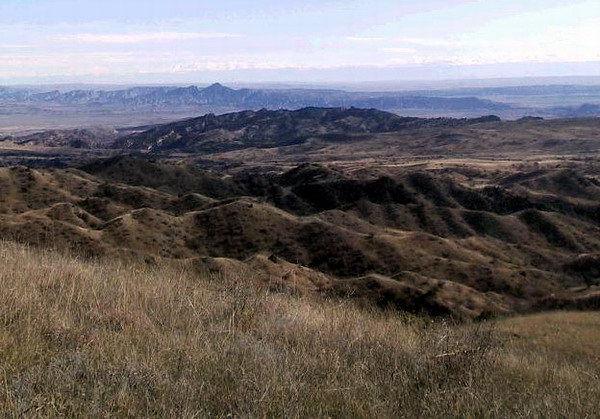 Eastern end of the Iori Table-land, Georgia
Eastern end of the Iori Table-land, Georgia
The fragments of Savannah-like arid landscapes at dry hills, table-lands and in semi-deserts are the most optimal breeding habitats of Cinereous Vulture in Central Transcaucasus |
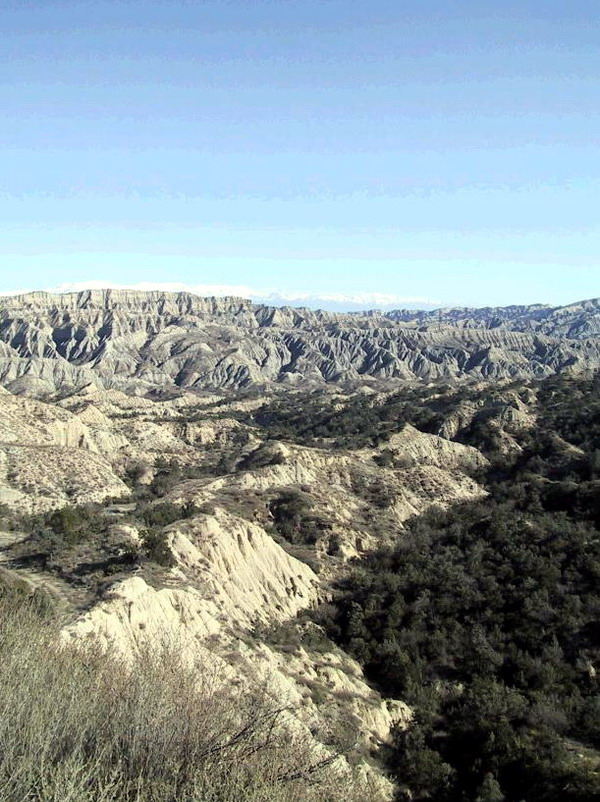 South-eastern edge of the Iori Table-land, Georgia
South-eastern edge of the Iori Table-land, Georgia
In south-western Asia and Central Asia such temperate dry forests are at present found in very small parts of Anatolia, extending to the east to Tajikistan, eastern Afghanistan, and a few dry parts of the western Himalayas. In the Vashlovani Nature Reserve these forests contain a high number of "Mediterranean" elements, such as Juniperus foetidissima, Juniperus rufescens, Jasminum fruticans, Periploca graeca, Punica granatum and Cotinus coggyria, along with Central Asiatic elements as Pistacia mutica and Caragana grandifolia, whereas Euro-Siberian elements, like Euonymus verrucosus and Cornus sanguinea are restricted to more humid gorges. |
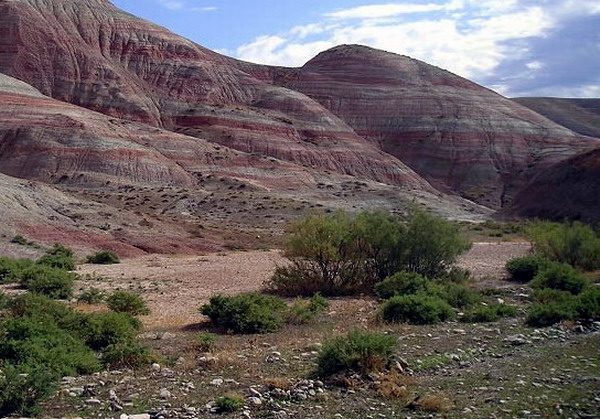 Western Azerbaijan
Western Azerbaijan
|
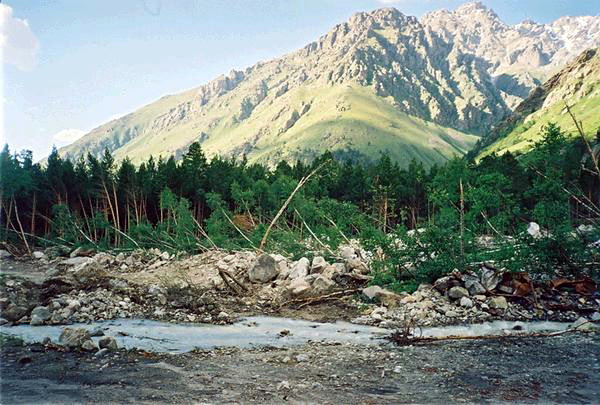 This is ......................
This is ......................
|
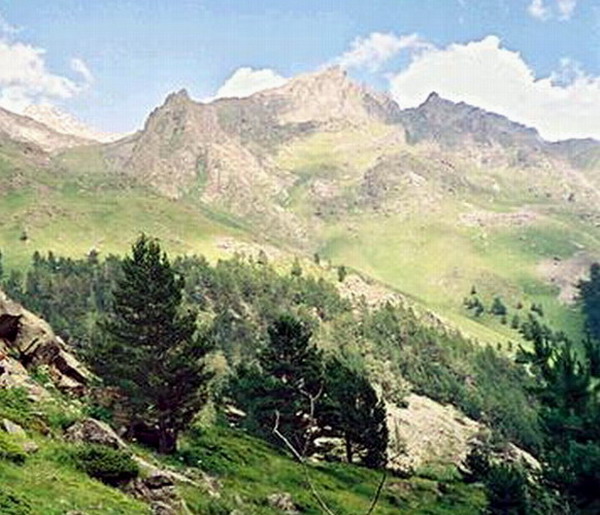 Northern macro-slopes of the Main Caucasian Ridge, Central Caucasus, Kabardino-Balkaria Autonomous Republic, Russia
Northern macro-slopes of the Main Caucasian Ridge, Central Caucasus, Kabardino-Balkaria Autonomous Republic, Russia
All known nests of Cinereous Vulture in central part of Northern Caucasus were found in pine forests in middle- and high mountain forests |
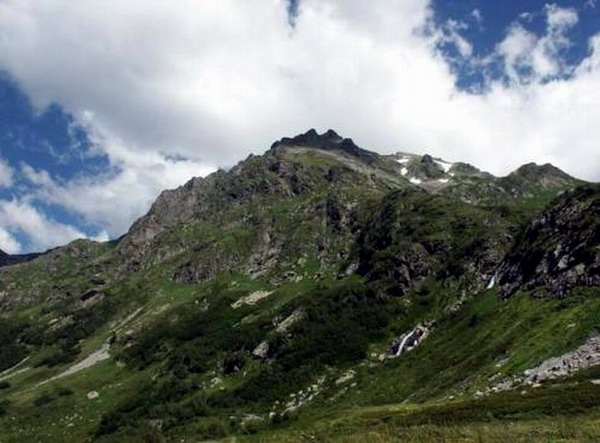 Northern macro-slopes of the Main Caucasian Ridge at the border between autonomous republics of North Ossetia and Chechnya, Eastern caucasus, Russia
Northern macro-slopes of the Main Caucasian Ridge at the border between autonomous republics of North Ossetia and Chechnya, Eastern caucasus, Russia
|
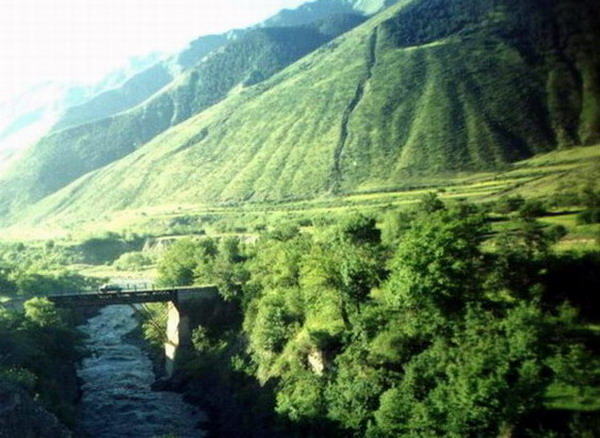 Samur River valley, Eastern part of the Great Caucasus, Dagestan, Russia
Samur River valley, Eastern part of the Great Caucasus, Dagestan, Russia
|
|
|


